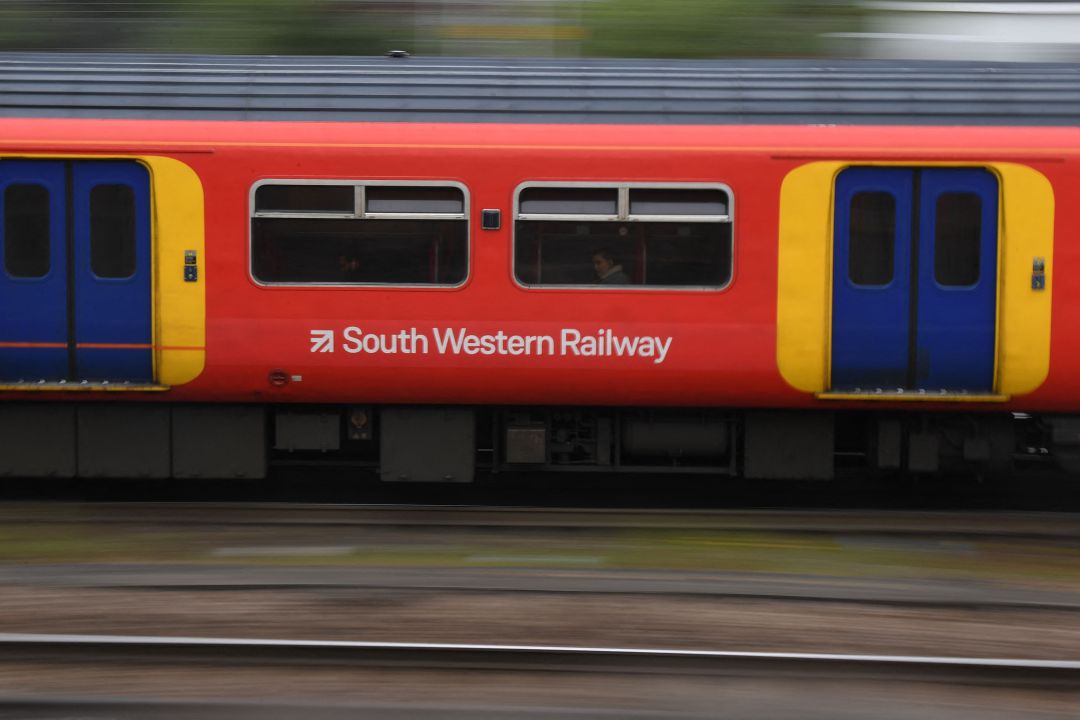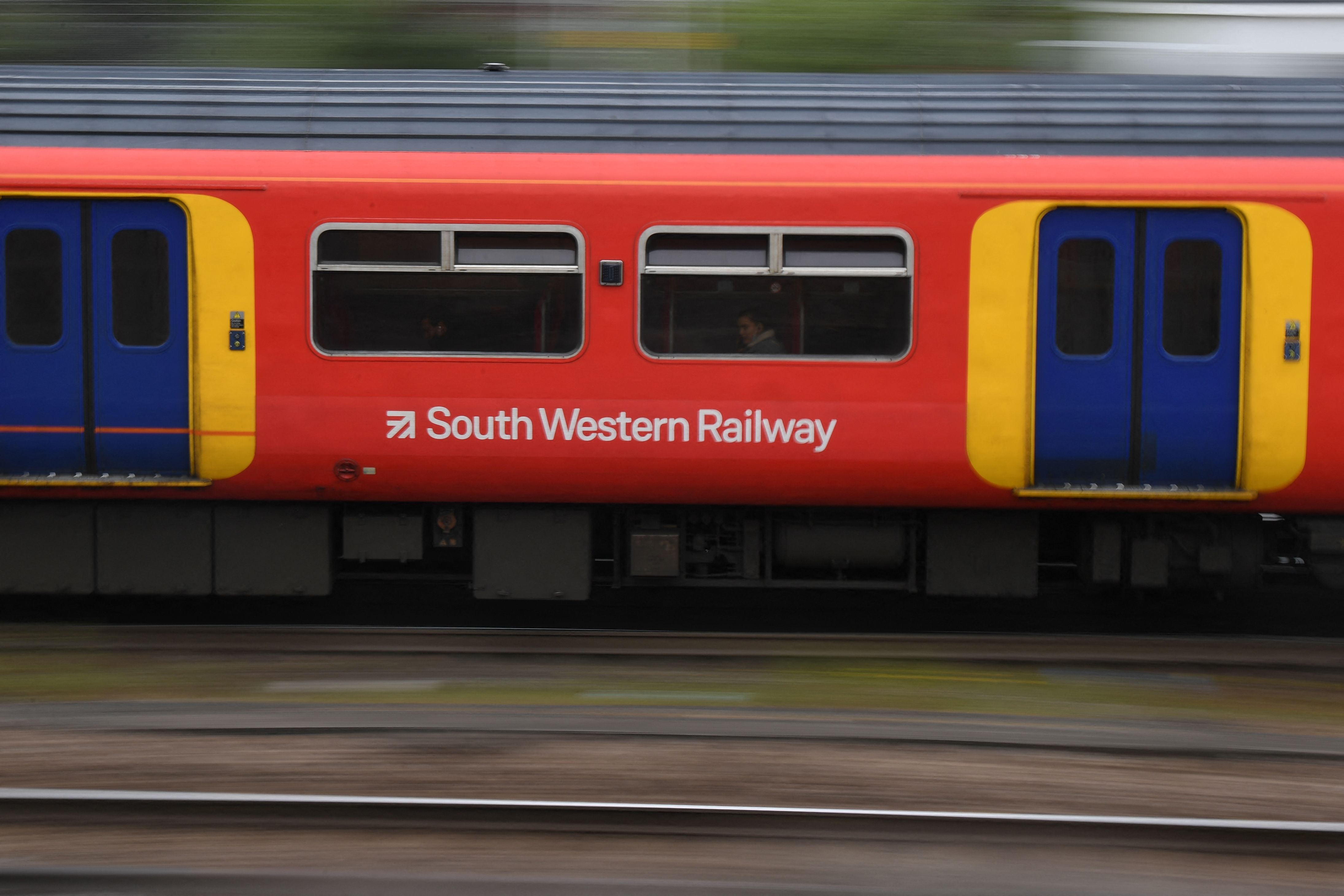The government says it is ending a quarter of a century of the ‘fragmentation’ of the railways by gathering all mainline services into an entity called Great British Railways. That will please some critics of privatisation, but has the government actually renationalised the railways, as the unions, the Labour party and – to judge by some opinion polls – the public want?
No, but it might superficially look like it. Gone will be the plethora of liveries, along with names such as Arriva, Great Western Railway and East Coast. The familiar old British Rail symbol of an arrow pointing in two directions will return. But anyone calling for the common ownership of the means of production will be left disappointed. The lines, stations and other infrastructure will be in ownership of the state – as indeed they already are as the property of Network Rail, a wholly public-owned company. But the trains will remain in private hands, and private companies will continue to run services. The disappointment of the RMT says it all:
If the Government were serious about recognising the impact of failed rail policy down nearly three decades they would cut out the middleman, strip away the dead weight of the private companies and work with their staff on building a transport system fit for the future where investment in the workforce and infrastructure comes first.
The government is proposing the same model as is already used on the London Overground – where services are run by Arriva (a company wholly owned by German state railways) – but which are fully integrated into the TfL network and where the trains carry the London Transport symbol.
That said, the proposed changes are not just cosmetic. As with the Overground, Great British Railways will be determining the timetables, setting and collecting the fares. The private companies will be hired to provide a predetermined level of service. They will have less commercial freedom – they will be unable, for example, to exploit their local monopolies by jacking up standard peak-time fares. But they will also take on less risk. If passenger numbers, and therefore revenue, fail to meet expectations it will be the taxpayers who bears the loss, not the rail company. That said, the rail companies never seemed to bear much risk under the franchise system, either – when revenue fell short the government tended to top up their subsidies.
But will fares come down? That’s a long shot. Costs on the railway have managed to get out of hand under the franchise system. The unions remained powerful, and used the threat of national strikes to bid up salaries to the point we have drivers on £70,000 a year. Train operating companies folded – and went begging to pliant ministers for extra grants to pay higher wages.
Will Great British Railways be prepared to take on the unions? Not if Boris Johnson’s time as London Mayor is anything to go by. Once or twice he threatened to automate tube lines, and thus do away with drivers’ jobs, if unions continued to make commuters’ lives a misery. But as far as I can tell he never did anything about it. It may be that the biggest change passengers notice on the new railway is the trains being a new colour.








Comments